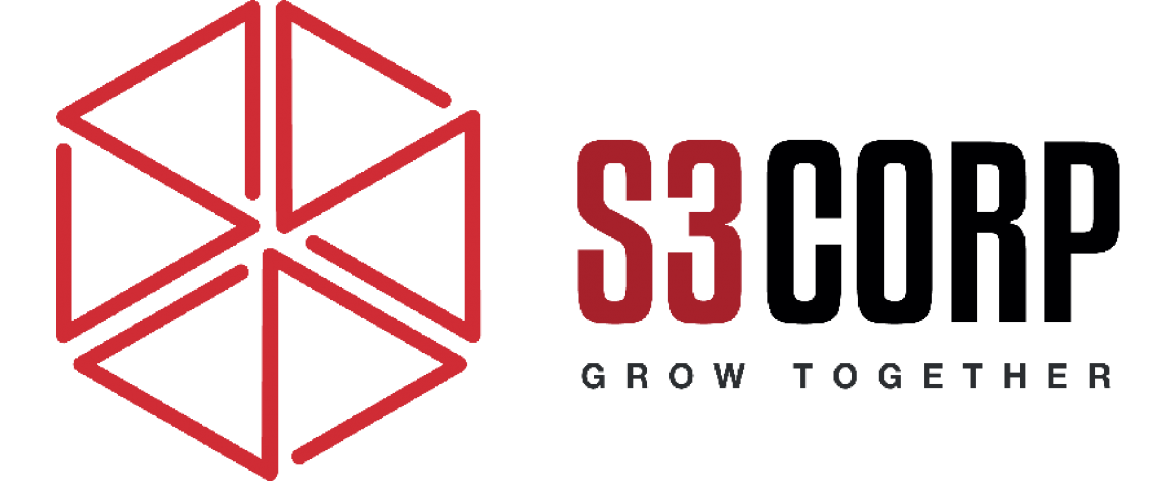How to Manage Tasks Using Japanese Kanban Technique
— January 19, 2016Manage Tasks Using Japanese Kanban Technique
Managing multiple tasks, whether individually or as part of a larger team, can be overwhelming. Tasks often pile up and can feel impossible to tackle. If you recognize this challenge, the Kanban method may provide the structure and clarity needed to make progress manageable. Kanban offers a straightforward, visual approach to task management that can make your workload more manageable and efficient.
What is Kanban?
Kanban, a method for managing work, was developed by Taiichi Ohno in the 1940s at Toyota. Ohno, an industrial engineer, sought to streamline workflows in the company’s manufacturing processes. He was inspired by the way grocery stores restock shelves — a clear, visual system that ensures items are always available without overloading the shelves. Drawing from this idea, Ohno designed a system where tasks move through clearly defined stages, with visible limits to prevent bottlenecks.
Kanban, at its core, breaks tasks into smaller, manageable steps and places them into columns that represent stages of the workflow. These columns help visualize the progression of tasks. Each stage has a defined limit, indicating the maximum number of tasks that can be in that stage at any given time. This limit helps maintain focus and prevents overloading a particular part of the process.
The visual nature of Kanban provides transparency across the entire workflow. With each task represented by a card that moves from one stage to the next, it’s easy to see what’s been completed and what’s still in progress. This visibility helps individuals and teams identify where they may need to allocate resources or adjust priorities.
Setting Up a Kanban Scheduler Using Trello
If you’re new to Kanban, using a tool like Trello can make the process more accessible. Trello allows users to create boards, which can be customized to represent various stages of a workflow. To get started, create a Trello account and set up a board for your project. For instance, if you’re managing content creation, you might set up columns like “Idea,” “Writing,” “Editing,” and “Published.” Each column represents a stage of your work.
Within each column, you’ll create cards for individual tasks. These tasks represent specific work items or actions to be completed. As tasks move through each stage, they will be transferred to the next column, offering a visual representation of your progress.
A key part of using Kanban is setting limits on how many tasks can be in a particular stage at once. Initially, you may not know what the right number is, but with practice, you’ll better understand your workflow. For example, you might decide that only three tasks can be in the “Editing” stage at once. This limit helps prevent bottlenecks and ensures that tasks are completed before new ones enter the stage.
To track progress, labels can be used to indicate whether a task is still in progress or ready for the next stage. On Trello, you can apply labels like “Yellow” for in-progress tasks and “Green” for tasks that are ready to move. This visual cue helps differentiate between tasks that are still being worked on and those that are ready to be passed to the next phase.
Using Kanban as a Team
Although Kanban can be used individually, it was originally designed to support teams. When multiple people are involved in a project, communication is crucial to ensure that work moves smoothly through each stage. Kanban offers transparency, allowing everyone to see where work is in the process and identify any stages that are causing delays.
One of the core benefits of using Kanban in a team setting is the ability to spot bottlenecks. If one stage is backed up, team members can quickly identify it and take action to resolve the issue. For example, if there is a delay in the “Editing” stage, team members who are not currently busy with tasks in their stage can help with editing to speed things up.
Trello, like many Kanban tools, includes features for collaboration. You can leave comments on cards, making it easy for team members to communicate about a task’s progress. These comments can provide context, share updates, or note issues that may need attention. By utilizing these tools, your team can maintain a strong connection to each other and the workflow, ensuring that tasks are completed as efficiently as possible.
Moreover, tools like Slack can enhance communication within a team. With instant messaging, team members can notify each other when tasks are completed or when a bottleneck has been identified. Slack’s integration with Kanban tools, such as Trello, makes it easier to stay on top of the workflow in real time.
Using Kanban as an Individual
While Kanban is often associated with teams, it can be just as useful for individuals managing their own workload. When working solo, Kanban allows you to break down your tasks into smaller, manageable parts and track progress visually. This approach prevents you from feeling overwhelmed by large tasks, as each task can be handled step by step.
The individual use of Kanban also provides a reflective process. Rather than focusing on team coordination, you can use the method to assess where your personal workflow tends to slow down. For example, if you find that you consistently struggle to finish tasks in the “Writing” stage, you can address the issue directly and identify ways to speed up that part of your process.
Unlike digital tools, individuals can also use physical Kanban boards to organize tasks. A notebook, a few Post-it notes, or a pinboard on the wall can serve as a simple, effective way to implement Kanban without relying on digital tools. This physical approach can help reduce distractions and provide a more tactile method of tracking your work.
Other Kanban Tools
While Trello is an excellent starting point for using Kanban, other tools may better fit your needs as you become more experienced with the method. Leankit is another popular option that offers more advanced features for Kanban users. It’s particularly useful for larger teams or organizations with more complex workflows. Leankit offers a 30-day free trial, which allows users to explore its features and determine if it’s a good fit for their needs.
Another tool, Kanbanery, is designed to provide a clean, distraction-free interface for Kanban users. It offers free plans for small teams or nonprofit organizations, making it an attractive choice for those looking for simplicity without the added complexity of more advanced tools.
For users who want a Kanban tool that integrates with time management techniques, KanbanFlow is a solid option. It offers mobile capabilities and integrates with the Pomodoro technique, a time management method that encourages focused work intervals. This can help improve personal productivity and ensure that tasks are completed on time.
Kanban for Software Outsourcing and Team Collaboration
The Kanban method can also be beneficial in the context of software outsourcing. Whether working with teams in Vietnam or collaborating with other remote teams, Kanban helps streamline workflows and ensures that tasks are completed efficiently. By providing a clear visual map of tasks and stages, teams can identify issues early and resolve them quickly, regardless of their physical location.
In software development, where tasks often involve multiple team members with different skills, Kanban provides a clear overview of where work is stuck or progressing. This transparency allows teams to adjust resources as necessary to keep things moving. If you are working with a software outsourcing company like S3Corp, using Kanban to manage tasks ensures that everyone is on the same page, no matter where the team members are located.
Kanban can also integrate well with modern web and mobile project management tools, providing an effective way to manage both development and testing tasks. Whether you’re managing a project with a local team or coordinating with remote developers, Kanban provides a structure that supports collaboration, boosts productivity, and keeps everyone focused on what needs to be done.
Conclusion
The Kanban method provides a clear, visual approach to task management, making it easier to understand and manage the flow of work. Whether you’re working alone or as part of a team, Kanban helps break down complex tasks into manageable steps, improving efficiency and reducing the feeling of being overwhelmed. Tools like Trello and other Kanban-specific platforms help support the method’s implementation, offering easy-to-use features that can be tailored to suit your needs.
For teams in software outsourcing, including those based in Vietnam, Kanban offers a powerful way to manage tasks and improve collaboration across remote teams. By using Kanban to visualize the workflow, you can identify bottlenecks, allocate resources where they’re needed, and ensure that tasks are completed efficiently and on time. Kanban is a valuable tool for improving productivity, communication, and overall team success.





